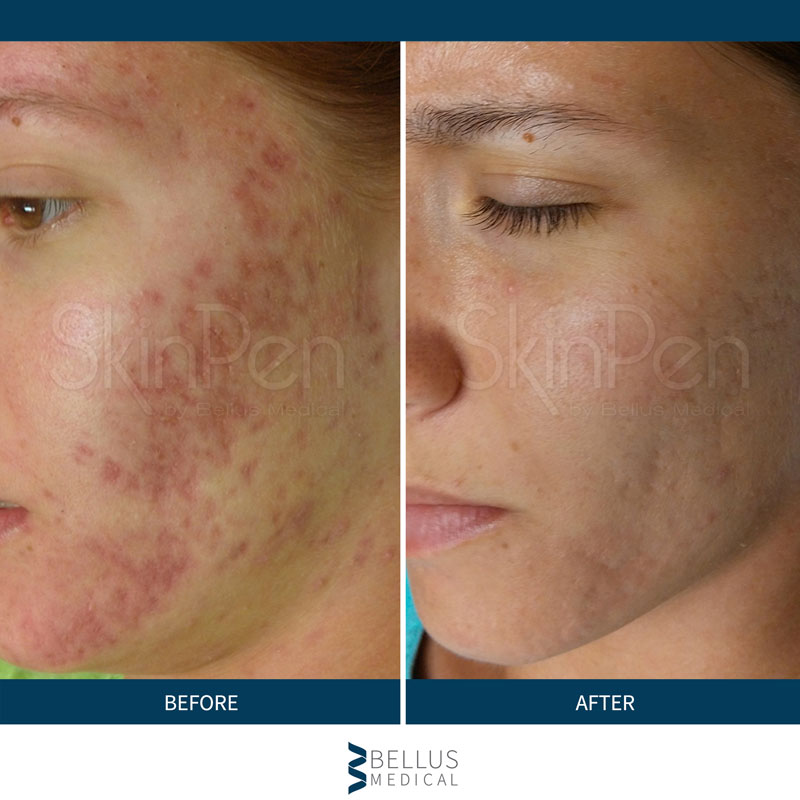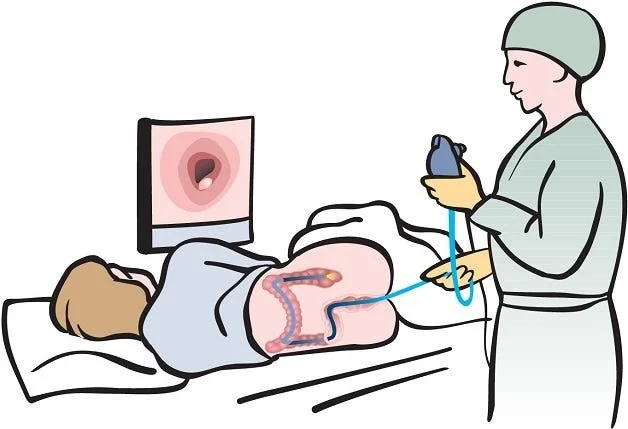Microneedling has gained attention as a skincare procedure that can address various aesthetic concerns. While it is not a medical treatment, many individuals find it helpful for skin rejuvenation. It uses fine needles to create microchannels in the skin, stimulating its natural processes to address the appearance of scars and wrinkles. When used in conjuction with dermal fillers, these procedures can improve the appearance and extend the longevity of results.
Microneedling involves the use of a device equipped with small needles that gently penetrate theupper layers of the skin. This process is designed to stimulate the body’s natural repair system. As the microchannels form, the skin’s self-repair mechanisms become active, leading to an increase in collagen and elastin production. Microneedling may also be combined with topical serums during or after treatment to enhance absorption.

Scars, including those caused by acne, can be challenging to manage. Microneedling may be an option for individuals dealing with scar-related concerns, and consistency in treatments can bring more noticeable results. By encouraging collagen production, the process can improve skin texture and create a smoother appearance in the treated area.
Key benefits may include:
● Reduction in the depth of certain scars
● Improved skin texture over time
● Enhanced skin elasticity.
Microneedling is also known for its potential to reduce the appearance of fine lines and wrinkles. Those looking for skin rejuvenation often explore microneedling as part of a wider skincare routine, sometimes combining the procedure with dermal fillers. By stimulating the production of collagen and elastin, it can support skin firmness and smoothness.
Reported advantages may include the following:
● Softened appearance of fine lines around the eyes and mouth
● Improved overall skin tone
● Reduced look of age-related texture changes.
What to Expect During the Process
Before treatment, a numbing cream may be applied to reduce discomfort. The technician will use the microneedling device to create microchannels across targeted areas of the skin. Redness and sensitivity are common after the procedure. These effects usually subside within one or two days. For individuals seeking optimal outcomes, multiple sessions at regular intervals may be advised. Individuals may return to their usual routines within 24 hours, making it a practical choice for those with busy schedules.
Why Use Microneedling Alongside Dermal Fillers
Dermal fillers are often used in combination with microneedling for individuals looking to enhance their results. While microneedling addresses surface-level concerns, dermal fillers add volume and contour to the skin. Together, these treatments can complement each other by targeting different aspects of skin health. For individuals interested in addressing both scars and wrinkles, consulting with a professional can help determine the appropriate combination of treatments.
Microneedling offers an option for those looking to improve the texture and appearance of their skin. While not a medical solution, it has become popular for targeting scars and wrinkles in a minimally invasive way. Its ability to stimulate natural processes makes it a practical choice for many individuals. Contact a professional practitioner to discover how microneedling and supplements like dermal fillers may suit your goals.
-
Common Types of Sports Injuries and How to Prevent Them
Staying active supports strength, balance, and mood, yet sports injuries interrupt training and daily life. These injuries range from minor tissue irritation to ligament tears. They arise from overuse, poor mechanics, sudden load, or inadequate recovery. Here are some typical problems and practical steps to lower risk: Sprains & Strains Sprains affect ligaments, while strains […]
-
How To Prepare for Your First OBGYN Appointment
An OBGYN specializes in women’s reproductive health, providing care that spans from routine checkups to pregnancy and menopause management. Preparing for your first OBGYN appointment can help you feel more comfortable, make sure your concerns are addressed, and make the most of your visit. Here’s how to prepare for your first OBGYN appointment: Gather Medical […]
-
How To Treat ADHD
Attention-deficit/hyperactivity disorder (ADHD) affects focus, impulse control, and activity levels. Symptoms often include distractibility, restlessness, and trouble organizing tasks. Diagnosis involves a clinical history, symptom checklists, and input from family or teachers. Treatment targets daily function and safety while addressing co-occurring issues such as anxiety or learning differences. No single pathway fits everyone, so approaches […]
-
What To Expect During Your Colonoscopy Procedure
A colonoscopy is a medical procedure used to examine the inner lining of the large intestine and rectum. It involves the use of a flexible tube with a camera, which allows direct visualization of the colon to identify abnormalities such as polyps, inflammation, or lesions. This procedure is regularly performed for screening, surveillance, and diagnostic […]
-
How Pacemakers Help Manage Arrhythmias and Improve Quality of Life
The human heart depends on precise electrical signals to maintain its rhythm. When those signals become irregular or unreliable, the result is often a condition known as arrhythmia. Left unmanaged, arrhythmias can cause uncomfortable symptoms and potentially disrupt daily activities. Pacemakers offer a reliable solution to regulating heart rhythms, providing patients with a path to […]
-
How To Choose the Right Psychiatrist for Your Needs
A psychiatrist is a medical doctor who specializes in diagnosing and treating mental health conditions. Unlike other mental health professionals, psychiatrists can prescribe medications in addition to offering therapy. Their training equips them to handle complex or overlapping conditions such as depression, anxiety, bipolar disorder, and schizophrenia. Finding the right psychiatrist often starts with identifying […]






Leave a Reply